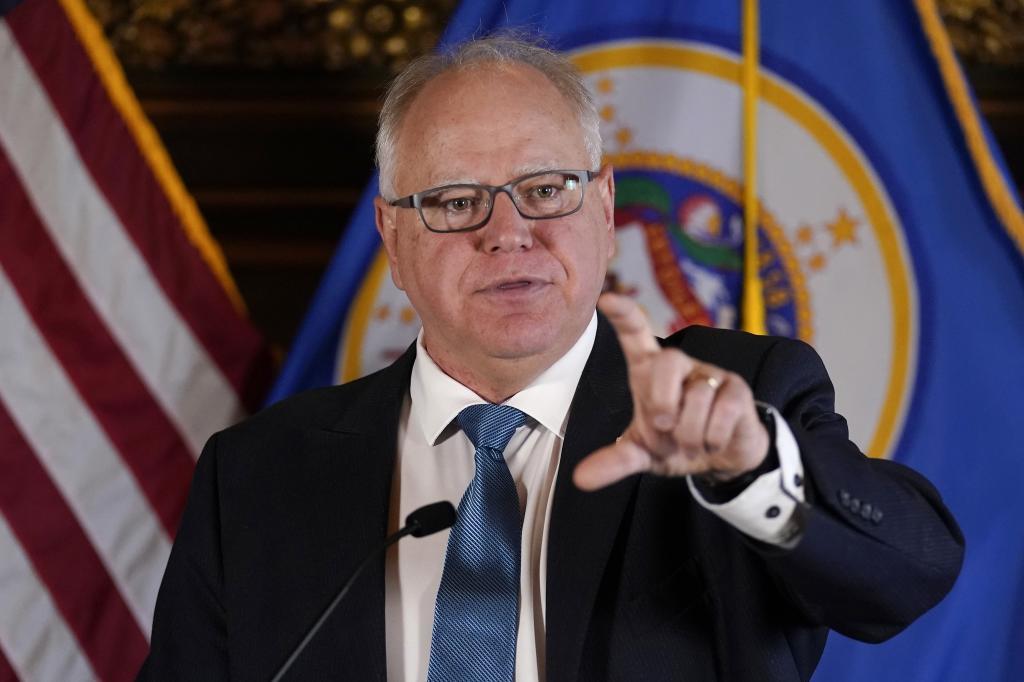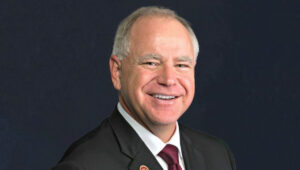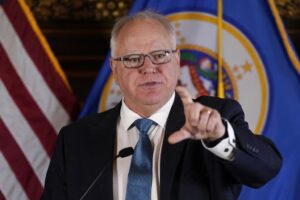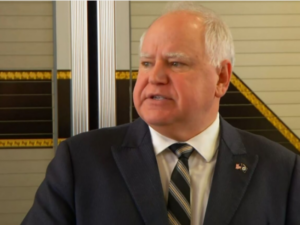
Tim Walz, the Governor of Minnesota, is not only a public servant but also a figure whose financial standing has garnered some curiosity. Understanding his net worth provides a glimpse into his financial management and assets. Let’s dive into the details.
Early Life and Education
Tim Walz was born on April 6, 1964, in West Point, Nebraska. He graduated from Butte High School in 1982 and pursued higher education at Chadron State College, earning a B.S. in social science in 1989. Later, in 2001, he obtained an M.S. in educational leadership from Minnesota State University, Mankato. His early career included roles in agriculture, manufacturing, and education.
Career and Financial Journey
Before his political career, Walz served in the Army National Guard for 24 years, retiring as a Command Sergeant Major. He also spent time teaching in China and various locations in the United States. These roles likely provided a stable financial foundation.



Congressional Net Worth Estimates
As a former U.S. Representative, Walz’s financial disclosures provide insights into his net worth. In 2016, his estimated net worth was $13,502, ranking him 270th in the House. His investments included $32,500 in insurance and significant assets like a rental property valued at $375,000 and a Minnesota Retirement Association account worth $107,501.
Updated Financial Standing
By 2017, Walz’s estimated net worth had increased to just under $600,000. His largest assets were a rental property, valued between $250,000 and $500,000, and his Minnesota State Retirement Pension, valued between $50,000 and $100,000. Notably, he did not report any stock holdings or trades during his time in office.
Current Financial Status
Walz’s net worth reflects his prudent financial management and modest lifestyle. As Governor of Minnesota, his salary is a significant part of his income. Minnesota’s gubernatorial salary was about $127,629 as of recent data, providing a steady income stream. Additionally, his pension and rental property contribute to his financial stability.
Investments and Assets
Tim Walz’s investments have been conservative, focusing more on tangible assets like real estate rather than volatile stock markets. This approach aligns with his background in education and public service, emphasizing stability and long-term growth.
Rental Property
His rental property, valued between $250,000 and $500,000, is a significant asset. Rental properties provide consistent income and potential appreciation over time, making them a smart investment for long-term financial health.
Retirement Pension
Walz’s Minnesota State Retirement Pension, valued between $50,000 and $100,000, ensures a secure financial future post-retirement. Pensions are reliable sources of income, particularly for public servants with long careers.
Public Service and Modesty
Tim Walz’s financial profile reflects his dedication to public service and modest living. Unlike many high-profile politicians with vast wealth, Walz’s net worth is relatively modest. This modesty aligns with his career in education and public service, highlighting his focus on community over personal gain.
Salary as Governor
As Governor, his salary contributes to his income but doesn’t significantly elevate his net worth compared to private sector executives. This salary, combined with his careful investments, underscores his commitment to serving the public rather than amassing personal wealth.
Final Thoughts
Tim Walz’s net worth offers a window into his financial prudence and dedication to public service. With an estimated net worth just under $600,000 in 2017, his assets include a valuable rental property and a solid retirement pension. Walz’s financial journey is marked by conservative investments and a focus on stability, reflecting his career values. While his net worth may not place him among the wealthiest politicians, it underscores his commitment to modesty and service, principles that have guided his long and varied career. As he continues to serve as Governor of Minnesota, his financial profile remains a testament to his practical and community-focused approach to life and governance.






